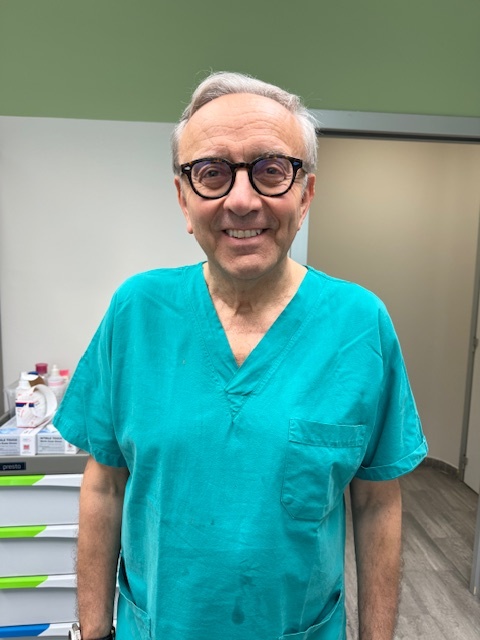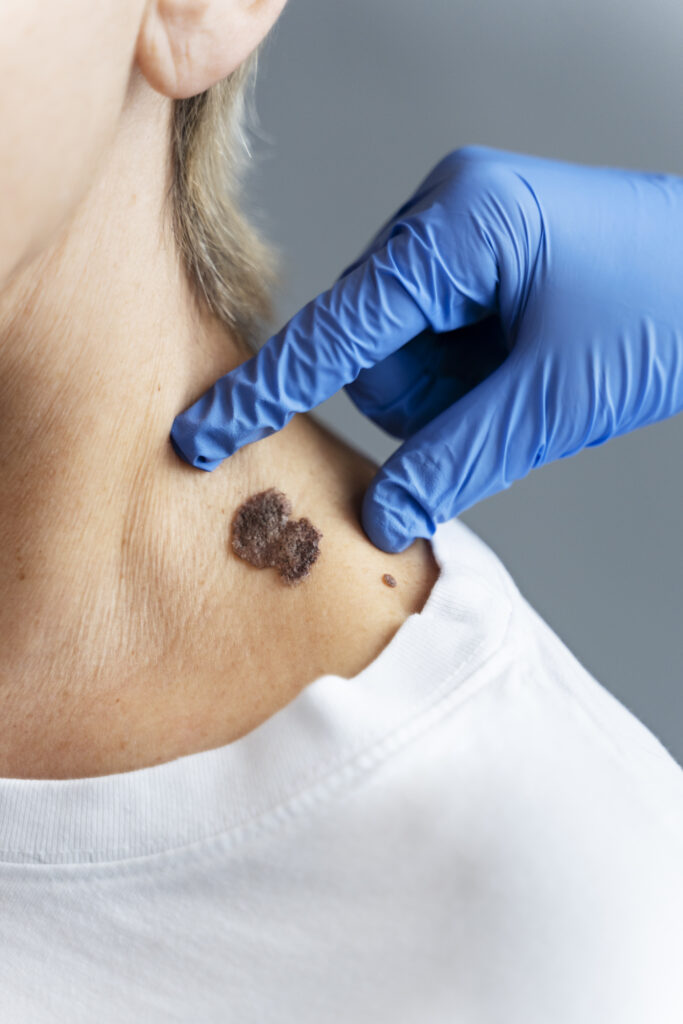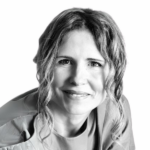Medical doctors and Surgeons
Protecting the skin against the risk of melanoma
Melanoma is a malignant neoplasm caracterised by the cancerous transformation of melanocytes. This condition not only affects the skin but can also, albeit rarely, impact the uvea. «The incidence of melanoma is significantly increasing. In Italy, it is estimated at around 12-13 new cases per year per 100.000 inhabitants. The data vary significantly between the north and south of the country, with higher rates in the northern regions compared to the southern ones -explains Dr. Franco Castelli, director of the dermatology and venereology unit at Koelliker Hospital in Turin -. For many years, Turin has been the Italian city with most cases. We reach 18-19 cases per 100.000 inhabitants, a considerable».
Risk factors for melanoma
Genetic predisposition is among the risk factors the most significantly influence the onset of melanoma. There are specific genes that lead to greater predisposition to develop this type of neoplasm.
Family history is another element that increases the likelihood of skin tumors appearing. However, the number of moles also plays a role. Castelli notes: «This factor is debatable because there are patients who have melanoma without any moles, but certainly having a high number of moles can lead to developing melanoma over a lifetime».

A particularly understimated cause is the number of sunburns, especially during adolescence. «It seems that the damage caused by ultraviolet rays affects our immune system in the first twenty-five years of our life. Therefore, especially patients of my generation did not protect their skin much – continues the doctor -. Another risk factor is the use of tanning beds, of lamps, artificial ultraviolet rays, especially at a young age».
Moreover, those who have already had melanoma have about a 20-25% higher probability of developing a second one compared to those who have never had one. Immunosuppressive therapies, acting on the immune system, can also influence patients who have undergone transplants, as they need to take these types of drugs for extended periods.
“ABCDE” rule for classifying moles
«Self-screening is essential because no one knows our mody better than we do. Clearly, the help of a dermatologist is needed for periodic check-ups. We recommend checks-ups roughly once a year, provided there are no evident risk factors – comments Castelli -. Patients need to know what to look for. Generally, the lesions that interest us are flat ones. Nodular melanoma accounts for about 10% of all melanomas and tipically occurs at an advanced age».

The “ABCDE” rule was introduced specifically to classify moles according to a series of criteria. This alphabet system helps doctors and patients identify potential signs of melanoma. An asymmetrical shape, irregular and jagged borders, lesions with multiple colours, a size at least 6-8mm, and a doubling or tripling of the diameter within a year are all warning signs of melanomas. While very useful, this rule has its limits; with self-screening, these types of lesions can be highlighted, but only to a certain extent.
«A lesion that changes, doubling or tripling its diameter in twelve months, should be closely monitored. About 30% of melanomas originate from a pre-existing mole. The remaining 70% are new lesions. From the age of 20 onwards, it is very important for patients to know that they need to have new lesions checked, in addition to those already flagged by a specialist», says the doctor.
Melanoma in children
Although melanoma in children and adolescents is rare, it can still occur. This is why the first checks should begin at the age of 12. While it is normal for moles to develop during childhood and adolescence, after the age of 20, it is no longer the case.
«The important thing to do is to avoid sunburns, because those contracted during adolescence are absolutely a risk factor. Therefore, we recommend that parents protect their children at least until the age of 20-25. Protection is also needed afterwards, but to prevent the immune system cells from making us pay a heavy price in adulthood, children need to be protected», concludes Castelli.





































